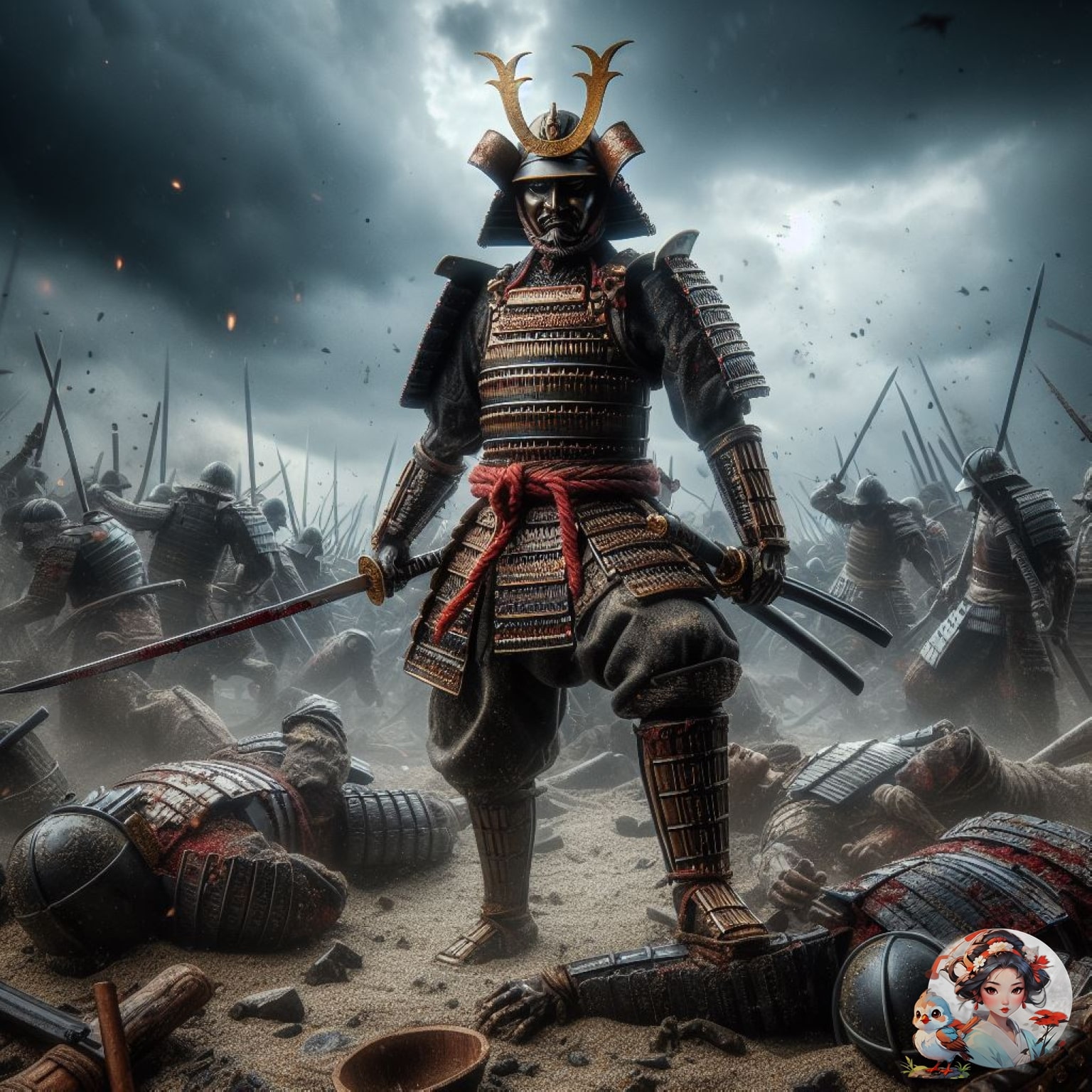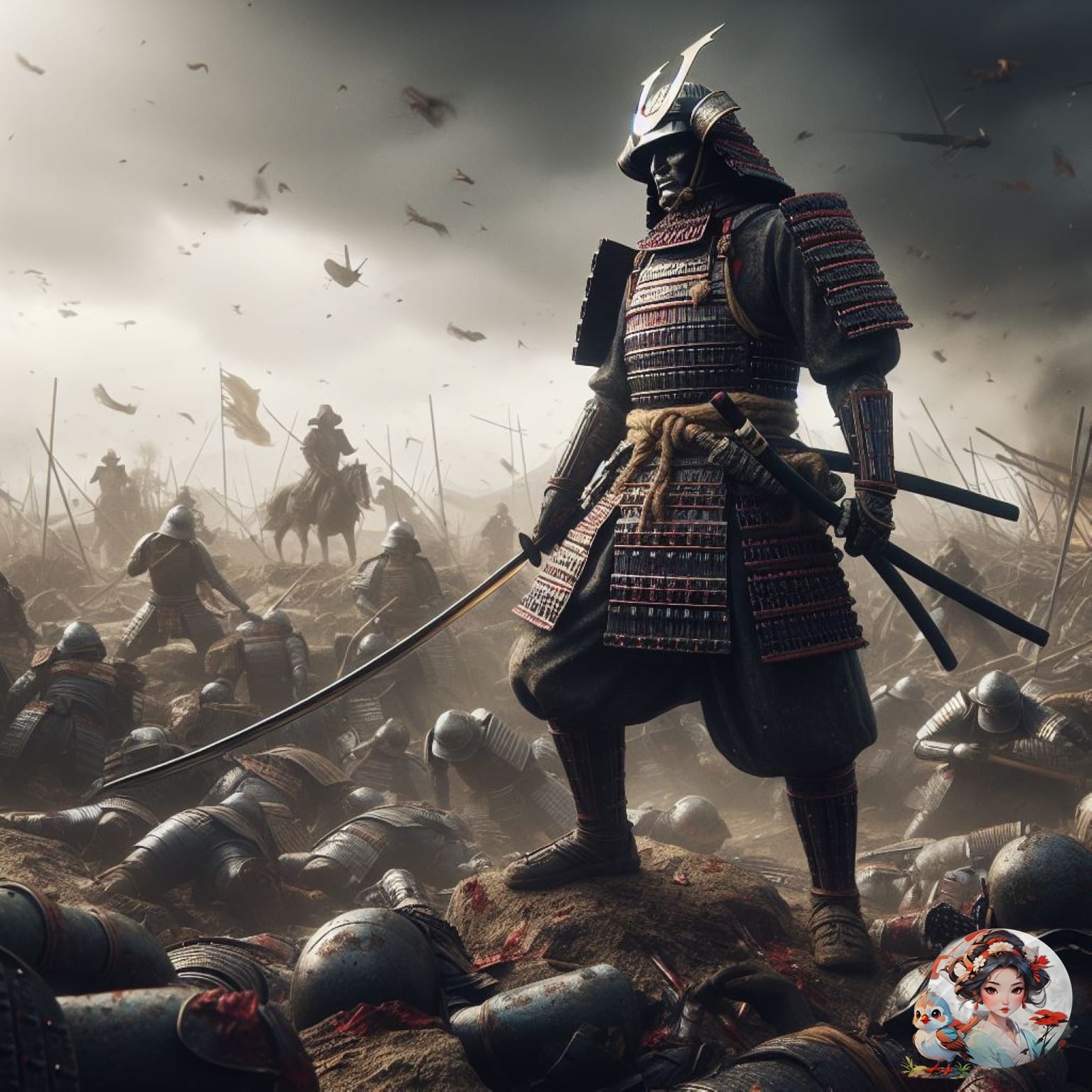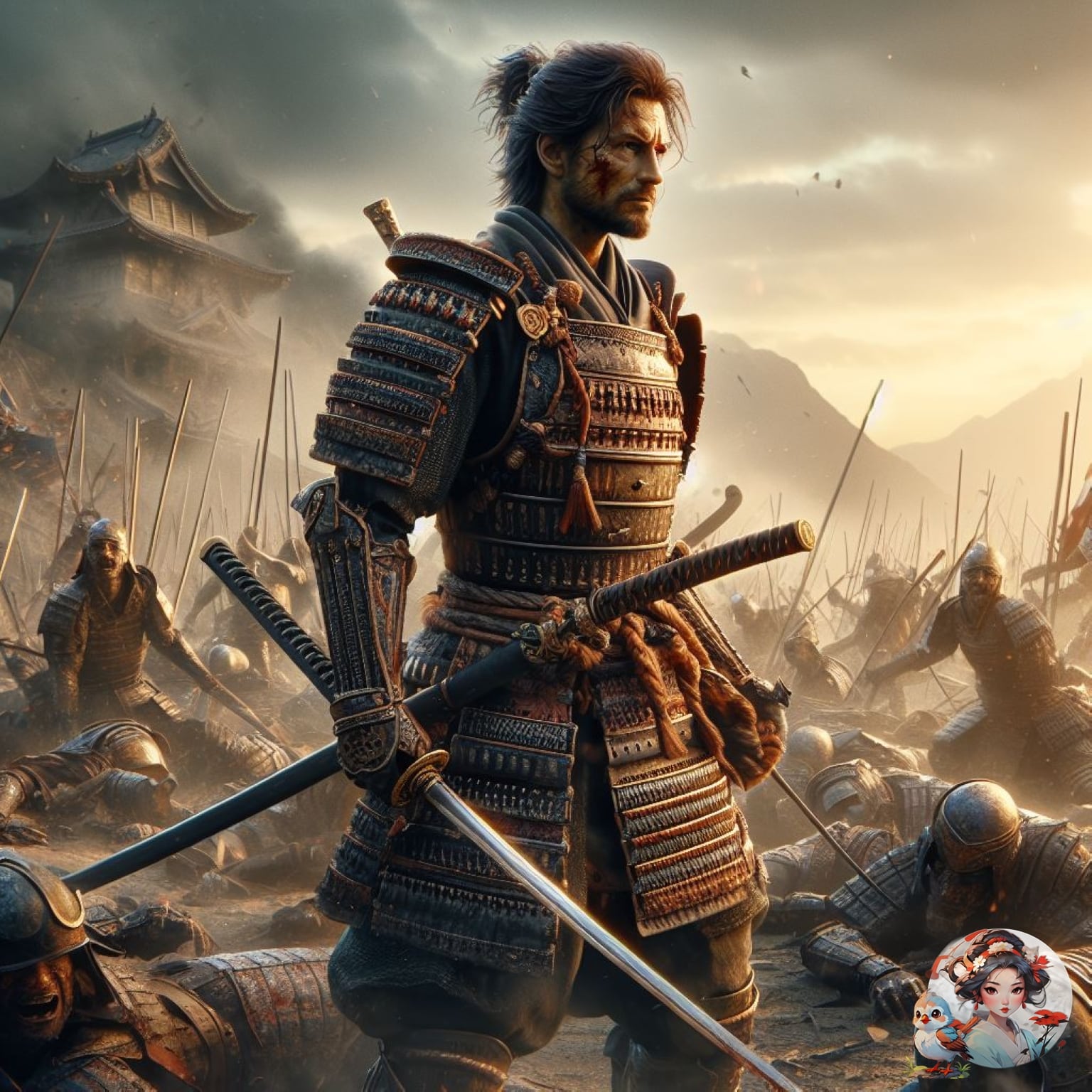The story of the samurai’s rise and fall is a fascinating tale that captures Japan’s rich historical and sociopolitical landscape. From their origins as powerful warriors to their eventual decline in influence, the journey of the samurai class mirrors the shifts in power, tradition, and societal change.
By exploring the key events, cultural forces, and internal struggles that shaped the samurai’s path, we can gain a deeper insight into how this warrior class navigated Japan’s complex history. Additionally, the enduring impact of the samurai in modern Japan provides an intriguing way to understand how tradition and modernity intersect in a society shaped by its past.
Table of Contents
ToggleThe samurai have their origins in feudal Japan, where they emerged from a distinct class of military nobility known as the ‘bushi’ and ‘buke’. Samurai underwent rigorous training in various martial arts such as archery, horseback riding, and swordsmanship. Their armor, called ‘yoroi’, was intricately crafted to provide maximum protection without sacrificing mobility. The katana, a sharp and curved sword, was the samurai’s primary weapon, although they also used other weapons like bows, spears, and daggers. The development and refinement of these training techniques, armor, and weaponry were crucial in shaping the formidable and disciplined warrior class that the samurai became known for.
The rise of the warrior class, particularly the samurai, took place during the Kamakura period under shogun rule in Japanese history. Samurai were entrusted with protecting estates and became symbols of the ideal warrior and citizen. They received extensive training in archery and swordsmanship from a young age, developing essential skills for their role in warfare. As regional clans gained power, they formed the first samurai-dominated government, solidifying the samurai’s position.

Samurai involvement in rebellions strengthened their power and led to active participation in the politics of the imperial court. This period marked a significant transformation in Japanese society as the warrior class became a dominant force in the country’s political and military landscape.
During the Kamakura period under shogun rule, the samurai rose to become the leading warrior class, shaping Japanese society. They were entrusted with guarding estates and playing active roles in imperial politics. From a young age, samurai focused on mastering archery and swordsmanship, emphasizing discipline, precision, and mental strength. Their armor, known as ‘yoroi,’ and weapons like the katana and wakizashi swords, were carefully crafted to offer both protection and agility in battle.
These advancements in techniques, armor, and weaponry reflected the evolving nature of warfare and the samurai’s position in feudal Japan. The emphasis on training, equipment, and combat skills solidified the samurai’s reputation as formidable and disciplined warriors, leaving a lasting impact on Japanese history.
The decline and transformation of the samurai class in Japanese history marked a significant era. The impact of Westernization and the challenges faced by unemployed samurai were pivotal factors in their decline.
The arrival of Western trade and technology disrupted traditional samurai roles and values, leading to a shift in societal dynamics. This change had a profound impact on the way of life for the samurai.
Modernization of the army and navy rendered many samurai obsolete, creating widespread unemployment and financial hardship. This shift in the military landscape had a direct effect on the livelihood of the samurai, forcing them to seek new means of sustenance.
The Meiji Restoration effectively ended the feudal roles of the samurai, forcing them to adapt to professional and entrepreneurial pursuits. This marked the end of an era for the samurai, requiring them to redefine their place in society.
Despite their decline, the memory and teachings of the samurai continue to influence Japanese culture and martial arts, reflecting their enduring impact. The legacy of the samurai lives on through their influence on various aspects of Japanese society, demonstrating their lasting significance.
The decline of the samurai was influenced by Westernization and the challenges faced by unemployed samurai. These factors set the stage for pivotal events that shaped the samurai era. The samurai played significant roles during the Mongol invasions of Japan, where they repelled the invasions and solidified their place in Japanese history. Additionally, Zen Buddhism spread among the samurai during the Kamakura period, influencing their way of life and approach to warfare.

The Genpei War, ending in 1185 with the victory of Minamoto no Yoritomo, led to the establishment of the Kamakura shogunate. The Ashikaga Shogunate, established in 1336 by Ashikaga Takauji, and the subsequent Nanboku-chō period, characterized by the coexistence of the Northern and Southern Courts, were also pivotal events.
These events, along with the introduction of matchlock firearms, the Boshin War, and the arrival of Western trade and technology, contributed to the transformation and eventual decline of the samurai class.
The samurai lived by the Bushido philosophy, which emphasized loyalty, honor, and self-discipline. They underwent intense training in martial arts, swordsmanship, and archery from a young age. Additionally, Confucian teachings played a significant role in shaping their moral and ethical values. As the society evolved, the samurai transitioned from military to administrative roles, taking on civilian responsibilities. This transition reflected their adaptability and diverse skill set.
Japan’s modernization brought about significant changes to the traditional roles and influence of the samurai class, reshaping the country’s socio-political landscape. The cultural impact of modernization led to a shift in the samurai’s role from feudal warriors to professionals and entrepreneurs. As their feudal responsibilities dwindled, the samurai adapted to the evolving society by taking on various professional and entrepreneurial endeavors.
The Meiji Restoration was instrumental in ending their traditional feudal duties, resulting in a transformation of their societal status. Despite their decline, the legacy and teachings of the samurai continue to permeate modern Japanese culture, particularly in martial arts and daily life. The impact of modernization on the samurai class mirrors the broader societal and economic changes that Japan experienced during this transformative period.
The Samurai Code, also known as Bushido philosophy, was the guiding set of principles and ethics that shaped the behavior and mindset of traditional Japanese warriors known as samurai. This code governed every aspect of a samurai’s life, emphasizing loyalty to one’s master, self-discipline, ethical behavior, and an unwavering commitment to honor. It also focused on virtues such as righteousness, courage, benevolence, respect, honesty, and honor.
The Samurai warrior code required absolute loyalty to one’s lord, even at the cost of one’s life, as well as the pursuit of martial prowess and the readiness to face death with composure and grace. These principles were crucial in defining the identity and conduct of the samurai amidst Japan’s modernization and the transformation of the samurai class.
The role of the samurai in Japanese society changed significantly over time, affecting political, military, and cultural aspects. Initially, they were trained as military officers, but later transitioned to political administration and took on various civilian roles. Their behavior served as a model for other social classes, and they were known as officials and civil servants by the Edo Shogunate.

The samurai also became symbols of the ideal warrior and citizen, with their daishō, the paired long and short swords, representing power. Their involvement in rebellions strengthened their influence and contributed to their significant role in the politics of the imperial court. Overall, the samurai played a crucial part in shaping the political and cultural landscape of Japanese society.
The samurai have left a lasting impression on Japan’s culture and society, shaping traditions, martial arts, and societal values beyond their original role as military guardians.